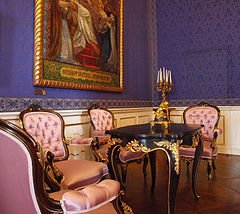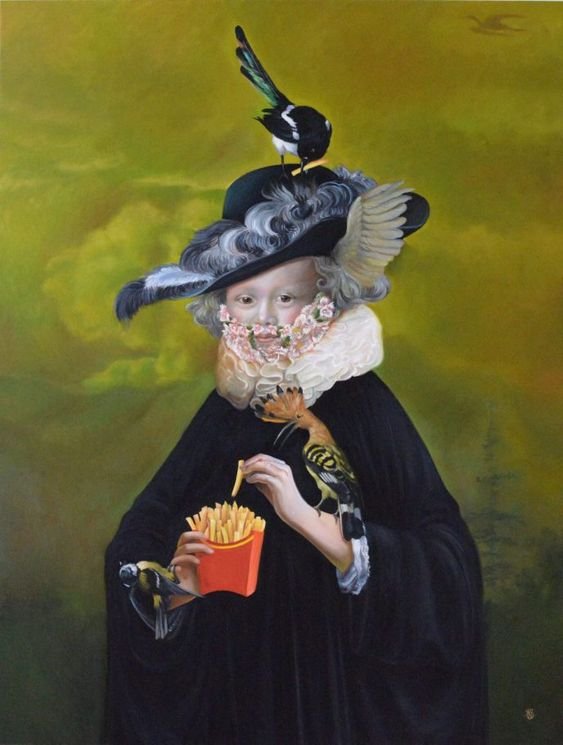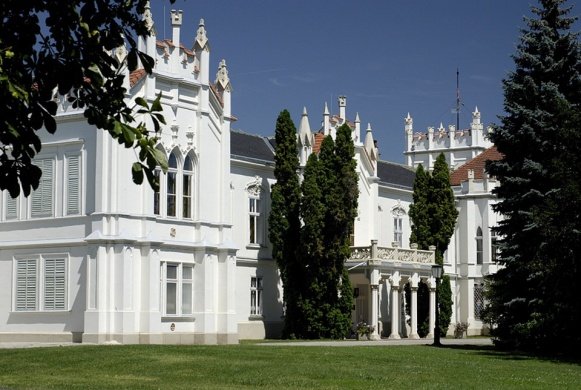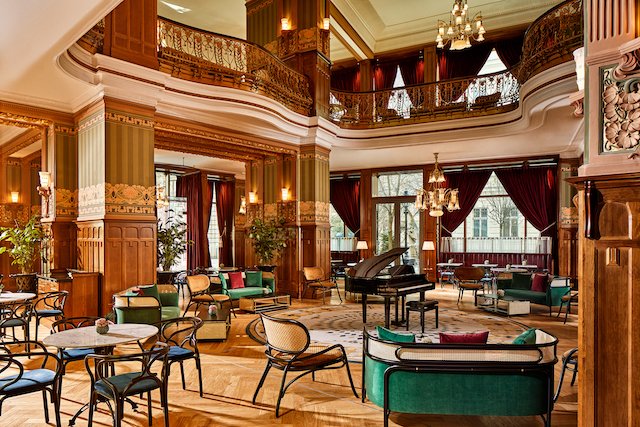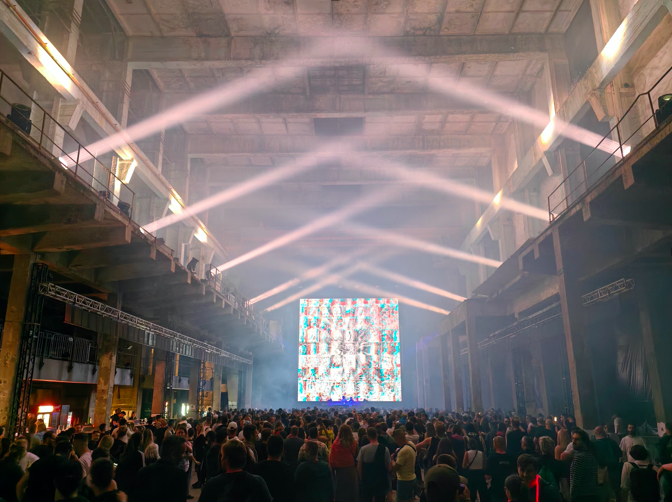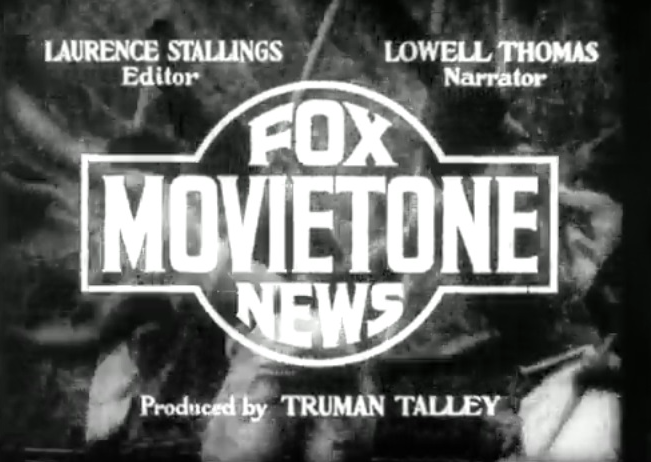Battles, History & Intrigue: Rise of the Raven TV Production Unveiled
zita kisgergely
European powerhouse Beta Film divulged the first sneak-peak this week (exclusively for Variety) of a new 10-part TV series touted as “One of the most epic European TV productions of all time.”
Rise of the Raven. Picture via Imdb
In the landscape of European television, where we’re increasingly seeing iterations of historical drama for our viewing pleasure, we’re about to see something a little different. Rise of the Raven, a mammoth project from Hungarian-born Canadian producer Robert Lantos (Sunshine, The Sweet Hereafter, Barney’s Version, Eastern Promises, Crimes of the Future) has concluded photography and is now in advanced editing, as reported by Variety.
At its core, this is the story of army commander Janos Hunyadi, legendary in Hungary, although not a house-hold name outside Central Europe. Hunyadi faced an impossibe mission at the Battle of Belgrade in 1456 when he went up against the might of the Ottoman army with half as many troops–some of whom were simple farm labourers pitifully underequipped for combat. It’s a classic underdog tale where Hunyadi and his army emerged victorious against all odds, stopping the Ottoman expansion into Europe for several decades at least–until 1526 when 150 years of Ottoman occupation of Hungary began.
Incidentally, if you’ve wondered why church bells ring at midday throughout Europe, this is why. Upon victory, Pope Callixtus III ordered that the bells should toll every day in celebration and the habit kind of stuck.
Rise of the Raven. Picture via Imdb
But apart from this monumental and bloody battle, Hunyadi’s life reads much like… well, a TV series. Which is lucky, because now it is one! Adapted from Bán Mór’s bestselling novels, the show will delve into the scandals and political intrigue surrounding Hunyadi’s life. But there’ll also be a welcome female perspective thanks to his loyal wife, Elizabeth Szilágyi, and his first love turned Sultan’s concubine, Mara Brankovic. Frankly, we cannot wait to see how this plays out.
Variety reports: “‘Rise of the Raven’ delivers on its promises – a highly entertaining, emotional, and powerful historical saga of exceptional production value,” said Koby Gal Raday, Beta Film’s Chief Content Officer. He added: “With a strong and unique emphasis on female perspectives, the series offers captivating storylines that are highly relevant to today’s audience. Supported by a stellar creative team and an excellent international cast, we firmly believe in its significant global potential.”
The list of talent both infront of and behind the camera that has been gathered for this series is formidable. Directors of the series include Austrian Oscar-nominated and Emmy-winning Robert Dornhelm as well as Hungarian directors Orsi Nagypal (The Deal, The Outpost) and Attila Szasz (Tall Tales, Eternal Winter).
The series’ showrunner is Balazs Lengyel (HBO’s Golden Life). Other writers of the series are George Mihalka, Balazs Lovas, Zsófia Ruttkay, Attila Veres and Ban Mor, (author of the novels on which the series is based).
Sources & further reading:
https://variety.com/2024/tv/global/robert-lantos-beta-film-janos-hunyadi-1235923646/
Flatpack Films has years of experience servicing international brands, agencies, and production companies. Filming in Hungary is easy when relying on their knowledge of the market and ability to solve complex needs. They bring the best that Hungary has to offer in terms of unique locations, exceptionally skilled crews, top-of-the-line equipment and technical solutions. Backed by an impeccable track record, Flatpack Films has worked with world-class clients including Samsung, Samsonite, Toyota, Braun, Chivas Regal and many more.
Get in touch and learn more about Budapest film locations, Hungarian film incentives, film tax credits in Hungary and how Flatpack Films can bring your project to life through a highly bespoke approach.






